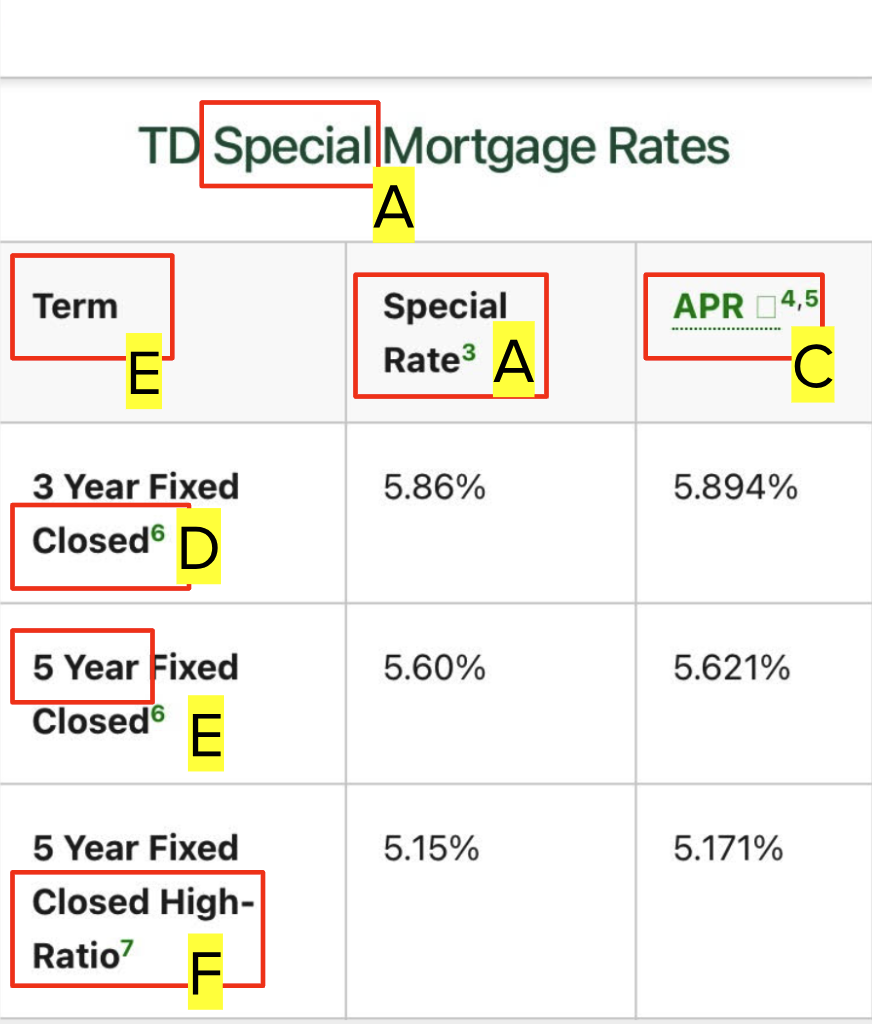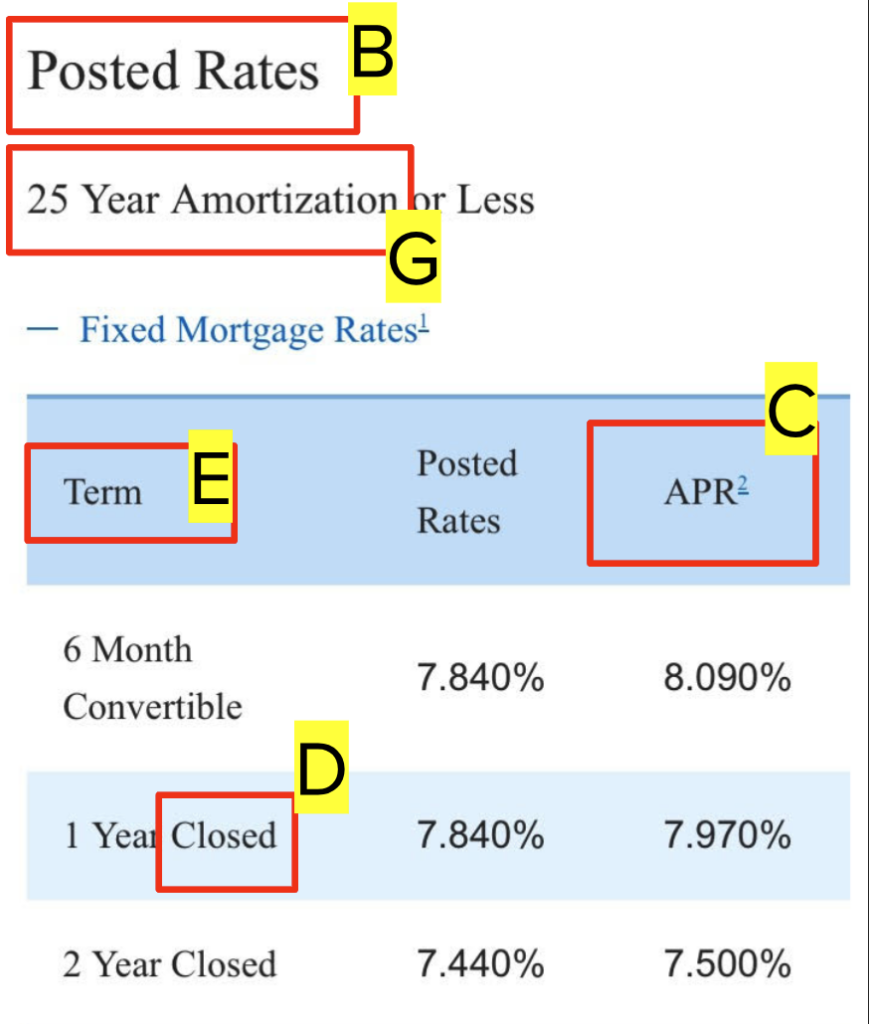When you’re shopping for a mortgage, one decision you’ll make is the type of rate your mortgage will be based on. The two most common rate types are fixed and variable.
What is a fixed-rate mortgage?
A fixed-rate mortgage is a loan with an interest rate that is set for the duration of the contract. If interest rates rise or fall after you’ve finalized your mortgage, the interest rate you pay remains unchanged until your mortgage term ends.
Who are fixed-rate mortgages best for?
Fixed-rate mortgages are a good option for anyone who wants a predictable monthly payment.
In Canada, fixed-rate mortgages are the most utilized type of mortgage; about $1 trillion of the $1.4 trillion in outstanding mortgage balances were attributable to fixed-rate mortgages in December 2023. Variable-rate mortgages accounted for the other $400 billion.
» MORE: Learn more about the differences between fixed and variable mortgages.
Fixed rates have historically been higher than their variable-rate counterparts. However, a person with a variable mortgage could end up paying a higher rate (and, with it, higher monthly payments) if rates rise in the ensuing years.
When are variable rates better?
When you get a variable-rate mortgage, you take on an uncertainty: what will rates be in the future? If market rates rise, your mortgage rate will rise. In return for taking on that risk, variable rates are usually better than their fixed-rate counterparts — but that can change. If you think rates will fall during the term, or length, of your mortgage, you might consider a variable-rate mortgage. But, before you do, gauge whether you could afford being wrong.
Fixed-rate mortgages: recent trends
How to get the best fixed-rate mortgage
Lenders consider many factors when offering a rate to a mortgage applicant. Some of these factors are specific to you and your finances while other factors reflect larger macroeconomic trends, which are out of your control.
What you can do to get a low fixed-rate mortgage
Your credit score is a major factor in the fixed rate you receive. Traditional lenders typically look for a score above 680. B lenders often consider applicants with credit scores below 680. Applicants with a score around 800 or above are likely to see some of the best rates currently available.
Other factors that can affect the fixed rate lenders offer include:
- The length of your mortgage.
- Your income.
- Your down payment amount.
How market forces can affect your mortgage rate
The Bank of Canada’s bond yields, and the corresponding changes in the broader bond market, affect the rate lenders offer. If bond yields go up, mortgage rates tend to go up, too. If they fall, mortgage rates tend to fall. While mortgage lenders don’t change rates as frequently as those instruments, which are traded and repriced continuously throughout the week, bonds are a good proxy for mortgage rate trends in the long term.
Related terms and what they mean
Rate information on mortgage lender websites can look more like a page from an engineering textbook than something the average person can read. This industry shorthand actually contains useful information, though it can be difficult to parse, especially if you’re a first-time home buyer.
Below are screenshots from real mortgage lenders advertising real mortgage rates. Beneath these images, we’ll tell you what each highlighted term means in plain English.


A) Special rates
Sometimes called “discounted rates,” lender reserve special rates for applicants with the lowest risk (great credit, healthy financial situation). You may see special rates listed alongside “posted rates” on lender websites. Consider special rates to be the floor and posted rates to be the ceiling of the rates a lender might offer. Note that not all lenders make their special rates readily available online.
B) Posted rates
Lenders are unlikely to offer posted rates to many applicants. Instead, it serves as a starting point that will eventually be reduced through negotiation. “Special rates” represent the lower bounds of what applicants with great credit and strong finances can expect.
C) APR (annual percentage rate)
In addition to paying interest over the life of the loan, you may pay fees, which can run into the thousands of dollars. These fees vary from one lender to the next. If Lender A offers you the lowest interest rate but has high fees, and Lender B has a higher interest rate but lower fees, how do you know which mortgage is ultimately best for you? The answer is found in the APR, or the annual percentage rate. The APR is a single number that takes into account both the interest rate and associated fees. It makes it easier to compare one lender offer to the next. Bottom line: Compare APRs, not interest rates.
E) Mortgage term
he term is the length of time your mortgage contract is in place. A five-year fixed mortgage is the industry standard and is offered by nearly all lenders. Lenders usually offer a range of other term lengths, though the specific options at each lender differ.
D) Closed/Open mortgage
“Closed” refers to a mortgage with a repayment schedule you must adhere to until the term is up. That might sound obvious; you typically don’t sign a contract with the expectation you’ll break it. But say you anticipate a large sum of money in a few years, perhaps via an inheritance or a big jump in income. Perhaps you’d like the option to pay your mortgage off sooner. With a closed mortgage, you’d face a penalty if you prepay beyond set limits. With open mortgages, which have higher interest rates than a closed alternative, you have the flexibility to pay ahead.
F) High-ratio mortgage
If your down payment is less than 20% of the home’s purchase price, you’ll need a high ratio mortgage. With a high-ratio mortgage, you’ll have the added cost of mortgage default insurance. These types of mortgages usually have lower rates because the insurance protects the lender against default risk, but your overall cost may be higher.
G) Amortization period
An amortization period is the projected amount of time needed to pay off your mortgage entirely (25 years is the most common amortization period). In practical terms, this means that if you’re buying a home for the first time and have a 25-year amortization period, you can expect to refinance four times if you stick with mortgage terms of five years (your initial mortgage plus four renewals).
Dive even deeper

The Best Mortgage Rates in Canada
Quickly explore Canadian mortgage rates from bank and non-bank lenders. Find the best fixed or variable mortgage rate for your home buying needs.

5-Year Fixed Mortgage Rates
Compare customized 5-year fixed mortgage rates from Canada’s best lenders and brokers for free. Find the lowest mortgage rate and apply for the home loan that best fits your needs.

Mortgage Payment Calculator
Use our mortgage payment calculator to estimate your monthly mortgage payments in Canada. Enter your loan details to get an accurate and quick assessment of your mortgage costs.


